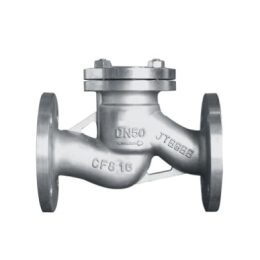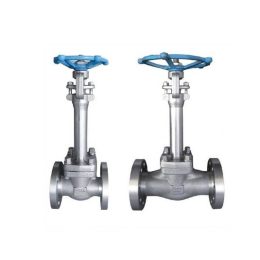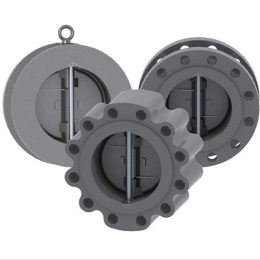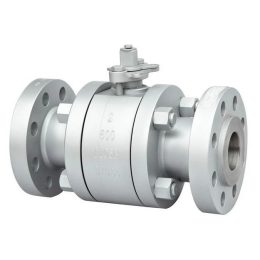Advantages And Disadvantages Of High Pressure Ball Valve
High-Pressure Ball Valves: An Overview
High-pressure ball valves find their applications in hydraulic machinery, hydraulic switches, natural gas, etc. and are composed of three main parts: control, power, and actuators.
The control part is made up of pressure control valve, flow control valve, direction control valve, and electrical control system. The power part is made up of electric or pneumatic motors, hydraulic pumps, oil tanks, etc. It converts the effective power on the rotating shaft of the electric or pneumatic motors into fluid pressure energy for hydraulic transmission.
There are two types of high-pressure ball valve device actuators: the hydraulic cylinder actuator, which realizes reciprocating linear motion, and the hydraulic motor actuator, which realizes rotary motion.
Advantages of High-Pressure Ball Valve
- Simple, compact, and small in size
- Stable and reliable transmission
- Provides a large output torque
- Output torque can be adjusted
- Convenient speed adjustment
- Easy to disassemble and replace
Disadvantages of High-Pressure Ball Valve
- Largely affected by ambient temperature
- Piping can be troublesome and easy to cause leakage
- Not suitable for occasions where various operations are generated on the signal.
It is important to note that high-pressure ball valves are not suitable for situations where various operations are generated on the signal. Additionally, they can be largely affected by ambient temperature and piping can be troublesome, causing leakage if not installed properly. However, the advantages of these valves include their simple and compact size, stable and reliable transmission, and the ability to provide a large output torque, which can also be adjusted. They also offer convenient speed adjustment and are easy to disassemble and replace.
- Precautions for Butterfly Valve Installation
- Rotary Electric Actuator
- What Matters Should Be Paid Attention To in The Use Of Ball Valves?
- Analysis of Valve Casting and Forging Process
- Common fault problems of safety valve
- “Understanding Ball Valves: Exploring the Parts of a High-Performance Control Solution”



